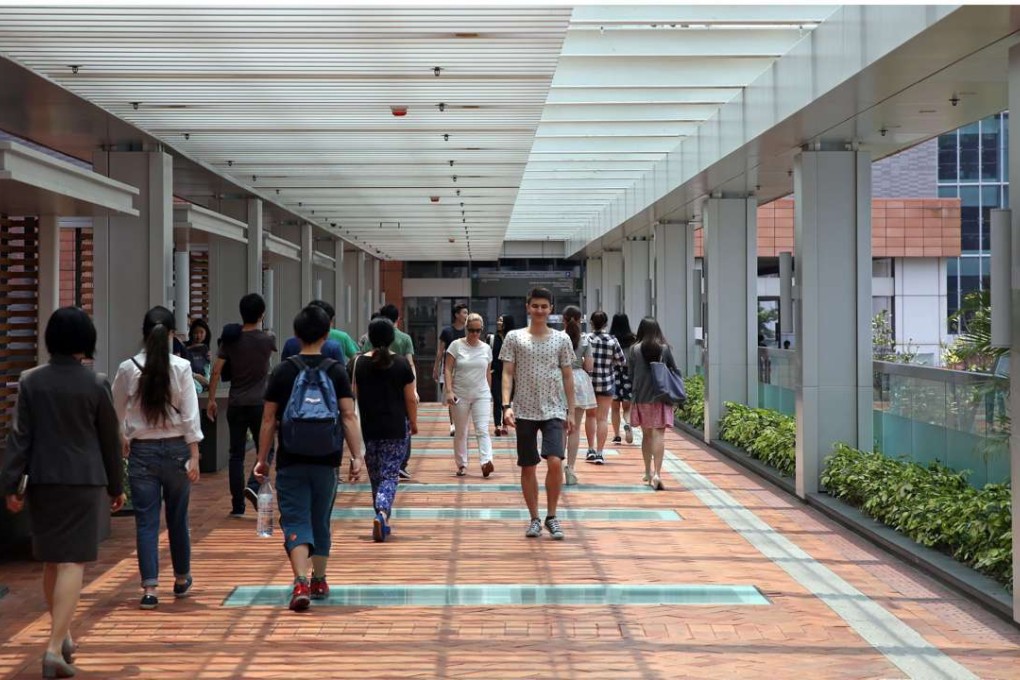Hong Kong is failing its smart young people with its unfair university funding system
C. K. Yeung says all students who qualify for a university education should be supported to receive one, yet this is not the case now with a subsidy system that gives the better-off too much and the needy too little

Education equality is the hallmark of a fair society. This past week, 24,000 Hong Kong secondary school graduates became qualified for university admission based on their exam results. Of these, only about 16,000 received subsidised university places, with the remaining 8,000 having to turn to self-financing institutes. Are these young people getting a fair deal?
The cost of educating a student at the eight government-funded universities averages about HK$242,000 a year. The students who get into these universities – some two-thirds of those who meet the qualifications – receive about HK$200,000 each in subsidies, and pay the balance of about HK$42,000 in tuition fees. The remaining third of students pay the full cost of their education, about HK$65,000 a year. The cost of educating one student at a government-funded university could pay for four students at a self-financing university.

Eight reasons Hong Kong should increase university tuition fees
Why such a big cost difference? Blame it on the lopsided funding system. It arbitrarily divides our 24,000 university-ready youngsters into two groups. All these students have achieved the university entrance mark and their academic performance forms a continuous spectrum that cannot logically be divided into two distinct groups for the purpose of giving out subsidies. But, due to historical reasons and a twisted funding system, a line is drawn. This dichotomy defies logic and creates inequality.
Institutes which mushroomed during the boom are left to fend for themselves. This is neither fair nor in the interest of the public
The government’s logic in educational planning is baffling. In the primary and secondary sector, it chooses to hollow out the public schools, turning the good ones into fee-charging direct subsidy schools, thus denying students from poor backgrounds access to quality education. In higher education, it does the reverse, generously funding public universities, which admit many students from fee-charging secondary schools, that is, students from better-off families. It leaves self-financing institutes at the mercy of market competition, where students from worse-off families have to bear the full cost of their education.
The government’s funding policy also muddies students’ choice. For instance, say that Chinese University charges HK$242,000 per student per year for a degree in journalism, and Shue Yan University asks for only HK$60,000 for the same programme. Despite the huge cost difference, Chinese University will still be the more affordable option for students because, with a subsidy, their fee comes to about HK$42,000. The choice becomes distorted.
Before the decline of birth rates began to bite, the government encouraged the establishment of privately funded tertiary institutes to meet the demand of students shut out of publicly funded universities. But, as Hong Kong’s fertility rates drop, the pool of prospective students shrinks. These institutes which mushroomed during the boom are left to fend for themselves, with many bleeding red ink. This is neither fair nor in the interest of the public as universities, publicly funded or not, all serve a key public good.

